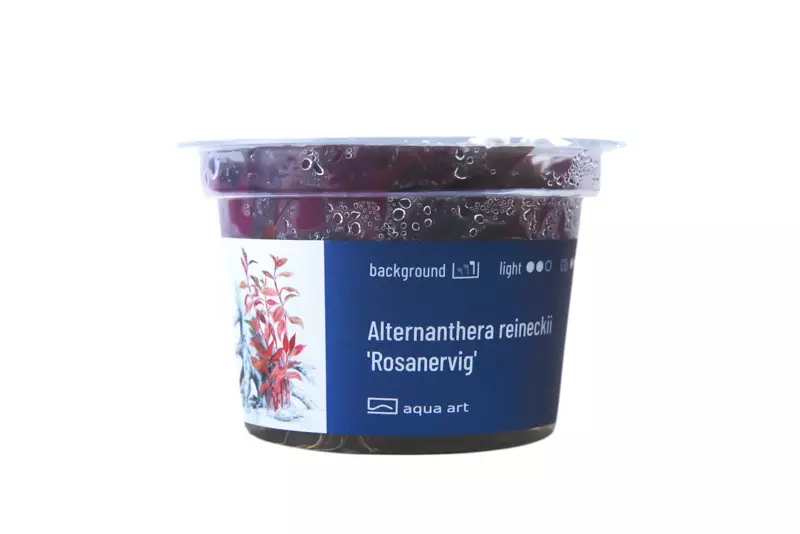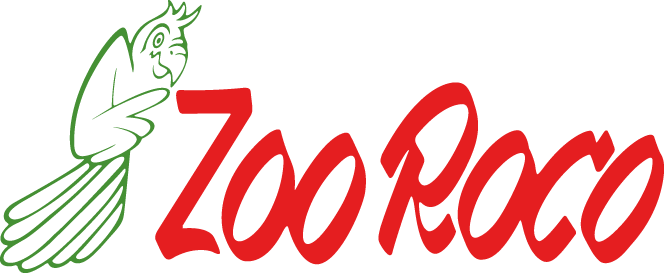Product information "Alternanthera reineckii 'Rosanervig"
Alternanthera reineckii 'Rosanervig'
Alternanthera Reineckii Rosanervig is a red aquarium plant for the middle ground of the aquarium. The striking pattern on the leaves makes this species a real rarity in any planted aquarium..
- Growing difficulty: moderately demanding
- Light requirement: medium
- CO₂ requirement: medium
- Outgrown plant height: up to 30cm
- Growth: medium
- Temperature: 22-28°C
- Placement in aquarium: second level
- Origin: cultivated variety
- Cup diameter: 6cm
Alternanthera Reineckii 'Rosanervig', or Alternanthera Reineka Rosanervig, also known as Red Ruby. You may also come across the name Alternanthera Cardinalis, but that is not the scientific name for this plant. It is a very impressive member of the Amaranthaceae family that looks best in the background, in the center of the tank.
In large aquariums, it can be planted in the foreground. If regularly cut back to a height of 5-10 cm, it will form a beautiful red carpet. Its distinctive feature is the burgundy pink leaves with contrasting light veins. The color of the leaves depends on the conditions in the aquarium.
It is popular for arrangements in Dutch style aquariums. It is recommended to plant 6-7 seedlings in a group to form a compact, interesting-looking shrub.
This variety needs a lot of light and is quite a demanding plant in this respect. A fertile substrate is also essential. It grows well in active media.
The plant easily reproduces by dividing shoots that grow at the base of the stem and leaves. Cuttings cut from the mother plant can be put directly into the substrate. They quickly form a root system.
For lush growth is recommended average minimum fertilization of Alternantera rosanervig with CO₂, i.e. with a content of 6 - 14 mg/l. It is advisable to use liquid fertilizers so that the plant does not lack micro and macro elements. This variety is not very demanding on water parameters. It grows in soft to hard water with pH between 5 and 8.
The leaves of Alternantera rosanervig are very dense, so the plant is often used by smaller fish as protection from predators, and shade-loving species like to stay under it.
Alternantera rosanervig looks nice near species such as Hemianthus callitrichoides Cuba and Aponogeton boivinianus . It contrasts nicely with the green of the other aquatic plants.
Planting:The plant must be removed from the cup and thoroughly rinsed of gel under running water. This is best done by placing the plant in a container of lukewarm water. Most of the gel will then fall off by itself.

















.jpg)














